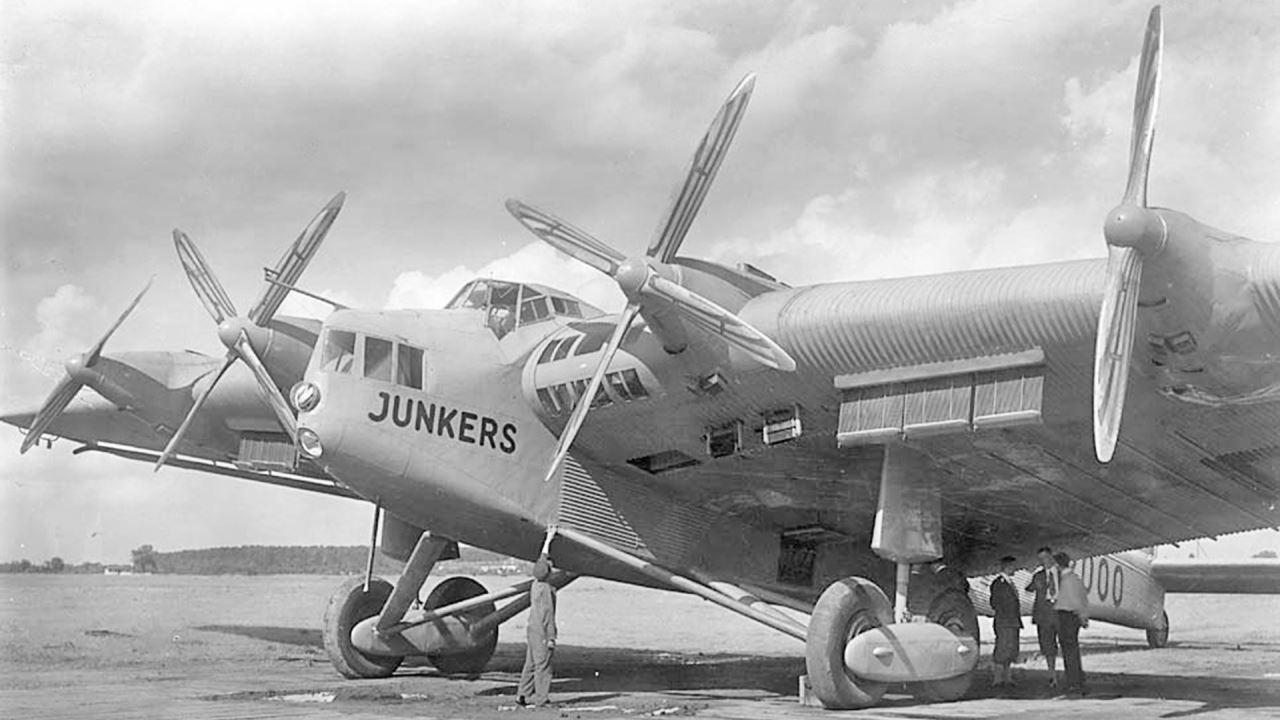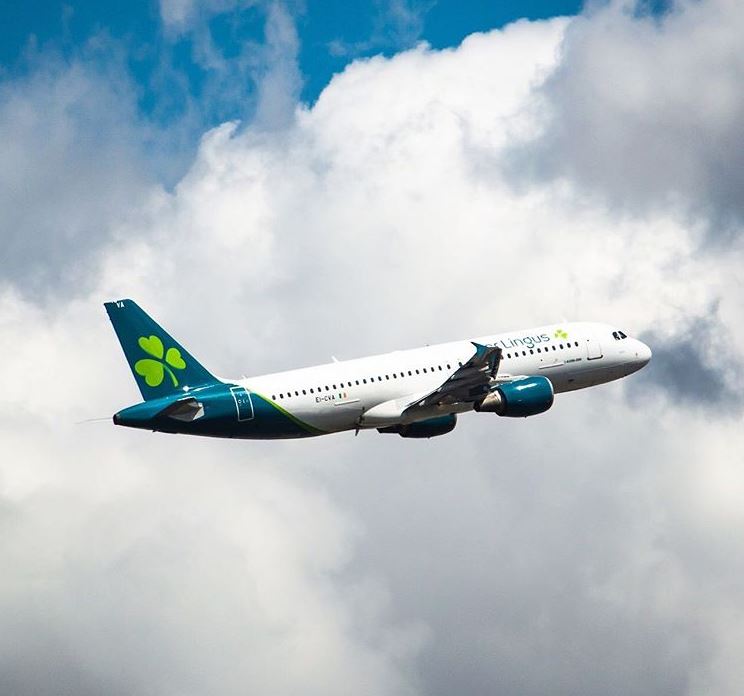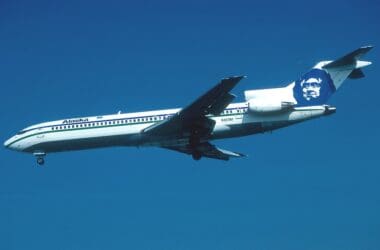The Junkers G.38 was the largest land plane in the world when it first flew on 6 November 1929. The German designed aircraft originally had seating for 13 passengers but this was upgraded to capacity for 28-30 very soon after service entry. Uniquely, some of these passengers sat inside the wing leading edge.
Powered by four Junkers L88 V-12 water-cooled Diesel piston engines, then four Jumo 4 engines, the giant aircraft could fly up to 3,460 kilometres or 2,150 miles. Service entry took place in 1 July 1931, when Luft Hansa initiated services between Berlin and London.
Junkers G.38 Video
Following on from the last video about the Boeing 767-400ER, this time we head over to Germany for a look at the Junkers G.38. The video below runs for just under 15 minutes and provides a great overview of this unusual aircraft.
When it comes to size, the G.38 has a wingspan of 44 metres, comparable to today’s Boeing 767 which measures out at 47.57 metres. Quite impressive! Perhaps more interesting is that the wing root it is 1.9 metres tall. Passenger cabins were right at the front, with forward window views. You can see that at about 4:25 in the video.
Other things to look out for are the detailed pictures of the interior, including the passenger cabins and cockpit. Since it was designed to compete with airships like the Graf Zeppelin and Hindenberg, the accommodations were lavish.
You could fly on board one of these aircraft throughout the 1930s on Luft Hansa. The surviving aircraft then went to the Luftwaffe upon the outbreak of war and was eventually destroyed in 1941.
Overall Thoughts
Just two examples of the Junkers G.38 were produced and both no longer exist. Sitting in the leading edge of the wing with plenty of windows to look out of would have been very cool. Passengers never get to look outside facing forward, so it would have been a rare experience indeed. The closest you can get is in the first row of a Boeing 747, where the curvature of the fuselage at the nose gives you some forward view.
Aircraft designers of the past like Hugo Junkers often produced machines that are very different to today. Saying that though, blended wing concepts have been around for years, so perhaps the German’s were ahead of the game.
What did you think of the video? Did you know the Junkers G.38 actually existed? Thank you for reading and if you have any comments or questions, please leave them below.
Enjoying the series? Check out the index to all the “Does Anyone Remember…” articles.
Flight reviews your thing? Mine are all indexed here.
Follow me on Facebook, Twitter and Instagram.
Featured image from Meyers Blitz-Lexikon, 1932 via Wikimedia Commons.













Don’t know what to say so:
Well I had a pic of a freaked out cat but it won’t link so use your imagination.
JUNK(ers) indeed.
Hahaha! I wish that pic had worked 🙂 My imagination works well enough, so I get it!
Uh oh! 🙂
Fascinating. One thing I find notable is the modern “flying wing” style but with a tail that looks WWI era. Still, an amazing aircraft.
Yes, that tail is seriously old school, isn’t it? It’s definitely an unusual aircraft all round!